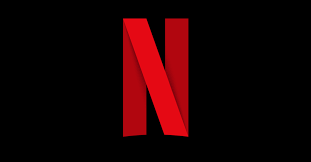In our today’s world where technology is reshaping every industry, Netflix CEO Ted Sarandos offers a visionary perspective on the intersection of AI in Hollywood. Amidst widespread concerns about AI’s potential to replace human creativity in filmmaking, Sarandos champions a future where AI is harnessed as a powerful tool by human creators rather than a threat to their livelihoods.
The past year has witnessed an intense dialogue surrounding AI’s role in the arts, with apprehensions looming over its implications for professionals in music and cinema. However, Sarandos dismisses fears of job displacement, emphasizing the symbiotic relationship between AI and human ingenuity.
While AI has yet to produce full-fledged television shows or movies, speculation abounds about its future capabilities. Last year’s SAG-AFTRA strikes underscored the anxiety within Hollywood, fueling discussions about the potential impact of AI-generated content. Figures like James Hawes, director of Apple TV’s Slow Horses, foresee a future where AI could autonomously craft intricate scenes. Despite such prognostications, Sarandos remains steadfast in his belief that AI will never outshine human creativity in storytelling.
Future Prospects of AI in Nollywood
Contrary to pessimistic narratives, Sarandos envisions AI as a complementary force in the filmmaking landscape, enhancing rather than replacing human talent. He asserts, “AI is not going to take your job. The person who uses AI well might take your job.” Emphasizing AI’s capacity to augment creative processes, Sarandos envisions a future where writers, directors, and editors leverage AI to optimize their craft and bring previously unimaginable visions to life on screen.
Acknowledging the diversity of opinions within Hollywood, Sarandos maintains that AI’s integration into the creative process represents a natural evolution rather than a disruptive force. While luminaries like Nicolas Cage express apprehension about AI’s potential dehumanizing effects, Sarandos remains optimistic about its potential to revolutionize filmmaking without eclipsing human intuition and emotion.
Conclusion
In conclusion, Sarandos’s forward-looking perspective offers a glimpse into a collaborative future where AI and human creativity converge to push the boundaries of storytelling. While AI’s role in Hollywood is poised to expand, its true value lies in empowering and augmenting human imagination rather than supplanting it. As the industry navigates the complexities of technological advancement, Sarandos’s vision underscores the enduring importance of human innovation in shaping the cinematic landscape of tomorrow.


















